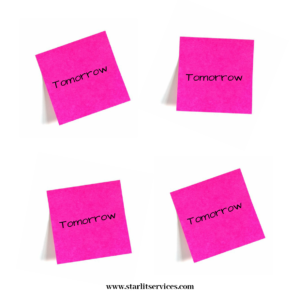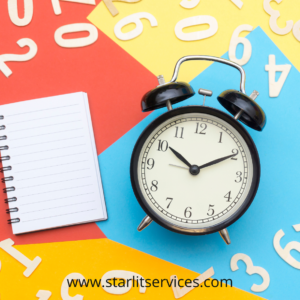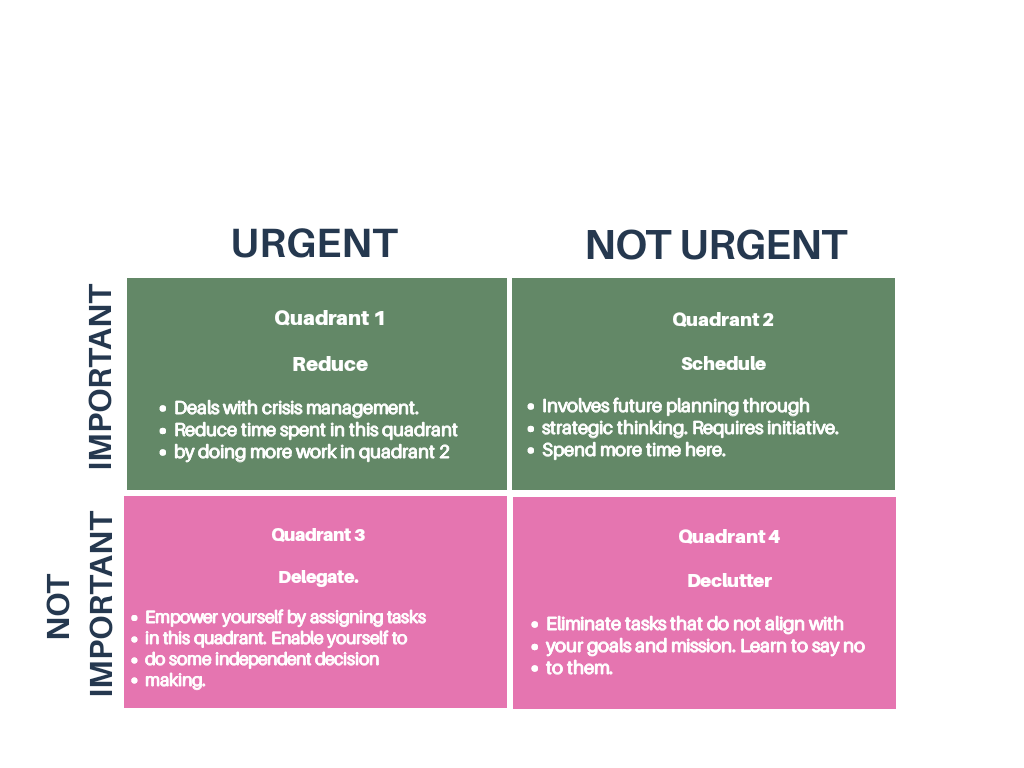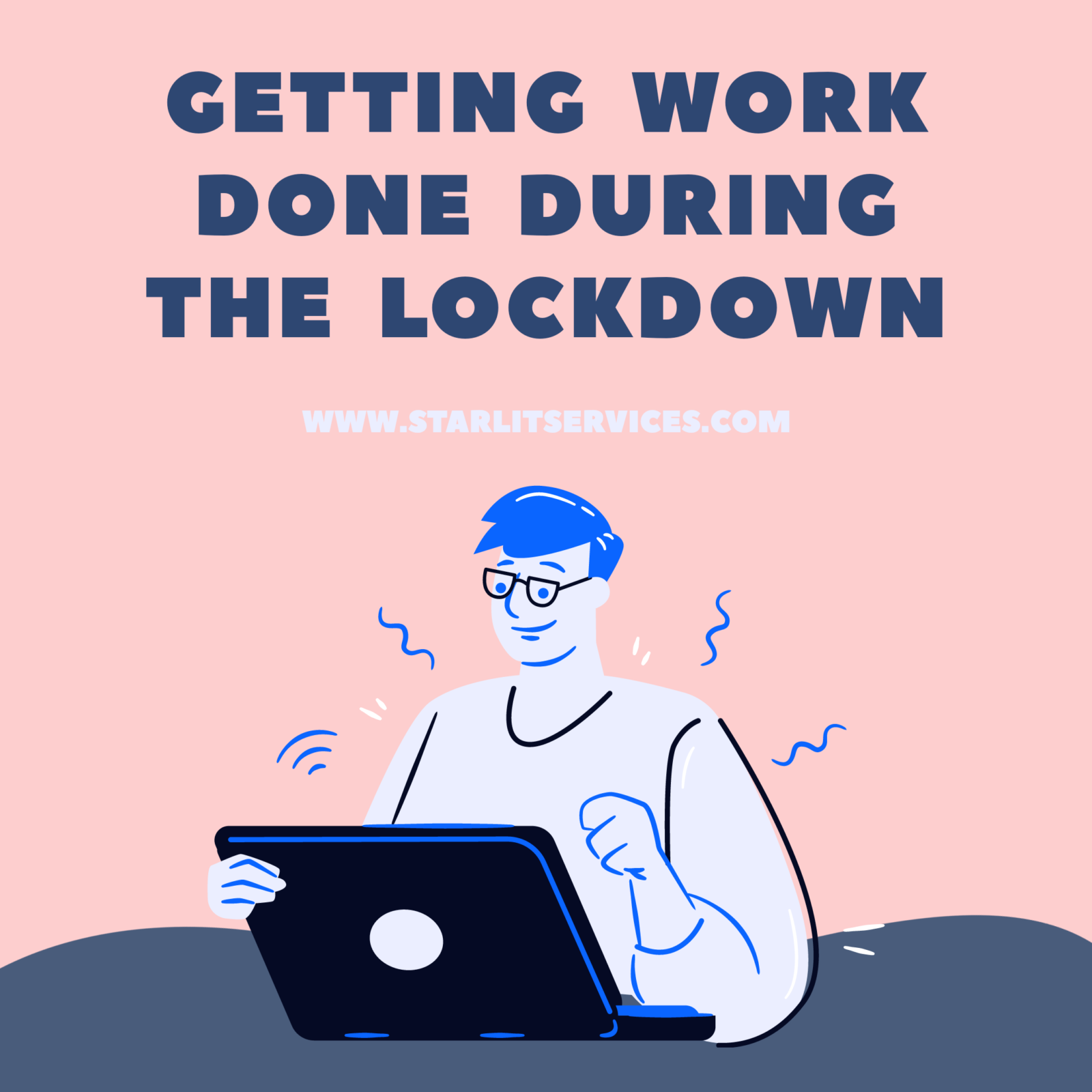Many of us have had little experience of working from home. Our usual work entails face to face human interaction, commute and then coming back home to relax and rest. A lot of us don’t even look at our home as a place where we usually work, perhaps a little left-over work or extended work but not full time.
Moreover, we have added responsibilities at home that most likely we were assisted in by someone else earlier. Therefore, this sudden change has made our work schedule disoriented and motivation towards responsibilities weaker as compared to before.
Although this is completely normal and is bound to happen. But life still goes on and work still has to be done. Here are some ways on how to get complete and finish tasks during these lockdown times by using psychological resources for your advantage.
Procrastination –

A lot us reading this article, may be familiar with this term. We may even have self-proclaimed ourselves to be master procrastinators. But in order to try to overcome it we must first understand what goes behind it. Some of the reasons one keeps postponing tasks could be –
- The task is very difficult
- The task is not interesting to the person
- They do not see tasks as important or urgent by the individual
- It creates a lot of stress /anxiety for the individual.
- Having a habit to postpone tasks till the fag end.
- The person thinks that they work better under pressure
In either of these situations, the habit of procrastination for most people can be quite stressful and frustrating. Moreover , hurrying tasks at the last minute to somehow get them completed, by pulling off all-nighters or stressing about the situation can be harmful both physically and psychologically. That is why , we are mentioning some ways to manage the work/tasks in a more systematic manner:
Making realistic goals -SMART goals
Whether it is short term that may extend for a couple of weeks/ months or long-term goals that last over months/ years. They are easier to accomplish if they are SMART goals.
S – Specific (simple, sensible, significant) –
Goals that are very specific are easily navigable i.e. it’s easier to start working on them and gives us a sense of clarity and focus as supposed to vague goals.
M-measurable (meaningful, motivating) –
There are tools and technology available for almost everything around and therefore can be used in order to measure our progress. Goals that are measurable allow us to feel a feeling of achievement and appreciation towards our journey.
A-achievable (agreed, attainable) –
Goals
that are achievable and attainable make it worth putting an effort towards.
Such goals fill our minds with optimism and hope and motivate us to stride
towards them. The downside of setting unrealistic and difficult goals for
ourselves is that it lowers our confidence in our abilities and demotivates us
towards action.
We all have a different pace and experience with various tasks and setting
realistic and achievable goals can keep us moving forward irrespective of the
pace.
R-relevant (reasonable, realistic and resourced, results-based) –
Human beings are often perturbed by the question “Am I contributing towards the society and community/world? ”. This is a question that makes us think about finding avenues and ways to accomplish this responsibility.
Human beings are often perturbed by the question “Am I contributing towards the society and community/world?”. This is a question that makes us think about finding avenues and ways to accomplish this responsibility.
But, an achieved goal that is irrelevant and unnecessary to our own journey and the shared vision with the society doesn’t really push us towards progress.This is not against the argument of following our passion/ hobbies/ interests.
Besides , even if one were to chase their interests, it only helps to keep one’s goals relevant and on-track with those ambitions.
T- time bound (time-based, time limited, time/cost limited, timely, time-sensitive) –

“By when?”, is definitely a question we would like to be answered quickly. For most of us living in a world of instant EVERYTHING, it sometimes can get confusing and boring to go on behind a vague idea for years. That too, without a clue of the due date of its grand finale. In chasing our ambitions, it’s really helpful to not lose sight of the ticking time. Simply because time bound things help us to make a clearer timeline of goals, plans and achievements. Of course, one can never predict all their plans to the perfect accuracy, but one certainly can keep a ‘watch on it’.
Getting from thinking mode to doing mode

“I think, therefore I am” these are some famous words of Rene Descartes a famous philosopher mathematician and poet (Yes! He was all of that), and they are words worth pondering over.
However, while you do that, it’s helpful to keep in mind that our promises are only as good as our actions. Therefore, till our thoughts and plans do not reflect in our actions, they are not able to bring about the results that we often hope for. Besides it can be quiet a frustrating experience to make plans and agendas but not execute them.
One of the ways I address this concern is to divide the work into smaller chunks and combine them with other tasks at hand. This helps me in not getting too worked up as well as keeps the work overall interesting.
With the summers hitting us with all its strength and few chances of getting fresh air, coupled with difficult emotions, it’s very natural to have a sense of lethargy. There may be days when one would find it very difficult to focus on work and responsibilities.
It’s important though to understand that it is not an unnatural response as we are going through a very unique crisis.
Therefore, the way we respond to this can be very unique as well. Lethargy, is not just a physical response but is very much a psycho-biological response to chronic stress as well.
Thus, the approach to it should be focused on both the forms of care, mental and physical
Some of the more common ways to deal with lethargy are:

- Regular exercise and stretching
- Breathing exercises
- Eating healthy and nutritious food
- Having regular sleep cycle
- Some of the ways to address the mental health aspect of it:
Engaging in some in-depth forms of self-care such as journaling, reading, mindfulness-based practices etc.
The decision-making quadrant – categorizing tasks based on importance and urgency
One of the reasons we aren’t able to get into action mode is because we are not clear on the tasks that are more important or urgent vs the ones that don’t require immediate attention. We may end up doing those tasks that could have been easily avoided or postponed. These tasks may take up a copious amount of energy, time and cognitive resources. Thus, we end up feeling drained and tired. Therefore, one of the very effective ways to address this concern is to take help of the decision quadrant. It is a technique that helps us in prioritizing tasks and in managing time effectively.
Here is a pictorial representation of the decision-making quadrant

This will help one in categorizing tasks according to their importance and urgency. I would recommend that one can fill these columns up every day or week and decide to take tasks at hand accordingly. The tasks that are in the Quadrant 1 ( urgent and important ) require immediate attention. Meanwhile, the tasks in Quadrant 4 are not urgent and do not need immediate attention or time.
Setting a time-table that’s easy to follow –

In the ongoing situation, we are all managing a very unique set of a stressors. Therefore, one may feel reluctant towards things that may have once interested them. One may find it difficult to sit to work altogether. Also perhaps not feel like finishing any responsibilities at hand.
It is often helpful in such circumstances, to rely on routines/practices that can help us get in the ‘work mode’. This in psychological terms is called priming oneself. Such routines and steps can be easily done at home even in a lockdown.
For instance-
There have been several examples of athletes, TV presenters and people who work in highly stressful environments such at the financial centers, who rely on creating a routine or process of preparing themselves physically and mentally. It may include getting dressed for the work, giving oneself a ‘pep talk’, drinking coffee from their favourite mug etc.
Often times we enthusiastically set daily time table that are based on the opinions/perspectives of others or those that we found online. They may or may not suit our circumstances and routines.
Therefore, it’s helpful to custom design your routines and schedules for your week.
One may not “follow them to the T”. But as I have discussed the importance of having a general outline of the day, it brings about a sense of control. In these uncertain times when it’s difficult to gage the unfolding of events, having a tentative schedule may help reducing anxiety and loss of control.
Here are some things that may help to be kept in mind while making one for yourself –
- Be honest with yourself
- Arrange activities based on your energy levels and time preferences (for example I try to do a workout / stretching in the morning as it helps me feel energetic and things that require more sitting time, I tend to shift them in the afternoon)
- Make a checklist if you prefer visual charts
- Also, decide on a suitable reward for completing them
- Most importantly, this cannot be stressed enough, please take out time for self-care and towards your mental health.
We at Starlit Services provide shadow teaching, comprehensive and remedial education and counseling services to kids with special needs. To know more about our services, please visit www.starlitservices.com

